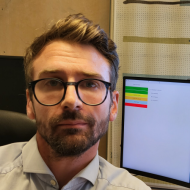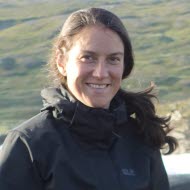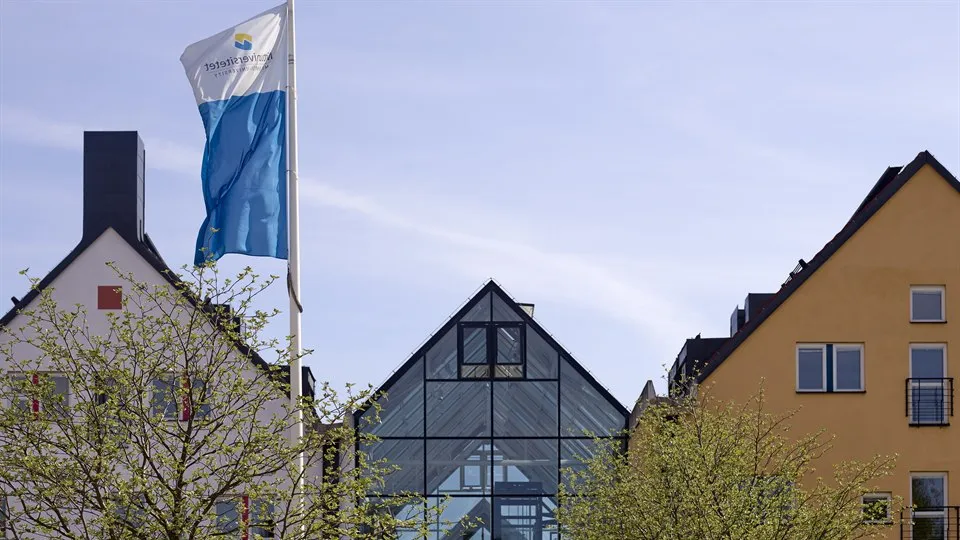Meeting environmental challenges using spatial analysis (SPATIAL)
In this project we will develop two courses on advanced level in spatial environmental analysis and spatial environmental modelling. The courses aim to meet needs of the industry and will be developed in collaboration with our partners Sweco, Norconsult, Ecogain, and Geoforum.
Spatial analysis can be defined as “the analysis of geographically explicit information within Geographical Information Systems (GIS)”. For example, a web map service is a GIS and the directions that are given by the service are created using spatial analysis. Spatial analysis is conducted within most scientific fields to answer diverse research question, not the least within environmental science and -engineering.
There has been a rapid increase of use cases for spatial analyis within all sectors, which has caused a lack of competence in the area. In particular, there is a critical lack of competence within theoretical GIS and computer science. The competence needs are greatest for professional education and at the advanced level. At the same time, there is a lack of online courses at MSc level (none have been found in EU).
In this project, we will develop two courses at the advanced level (Spatial Analysis and Spatial Modelling). The courses will be based on recorded lectures/demonstrations and individual projects adapted to each student’s field of study or employment. The students will get inspiration by lectures from leading national and international scientists on how they have approached studies using spatial analysis. They will also receive personal supervision from both academia and industry in defining and executing their individual projects. The courses will be fully online and with flexible pace.
Our industry partners will be involved in the development of the courses to ensure that the students acquire knowledge and skills that are relevant from their perspectives. The industry partners also intend to suggest and supervise individual projects that are relevant for their current operations. They will also give lectures/presentations on how they work with spatial analysis, to give the students inspiration for their future careers.
The courses are exlusively based on open source GIS and programming software. The reason for focusing on open source software is to avoid contributing to the generally increasing dependency on expensive software, and make spatial analysis and -modelling more available for individuals, organizations, and companies worldwide. It has been argued that open source software is the key to the next wave of digitilization. Using open source alternatives to commercial software also enables possibilities for more advanced analyses.
Mid Sweden University has a strong tradition of distance teaching and we will through this project develop our digital learning environment even further. It will also increase the competence among our scientists in this prioritized area, which will benefit both education and research. By engaging international scientists, we will strenghten existing collaborations but also create opportunities for new collaborations. The project will help position us as a University that provides high-level research and education in Spatial analysis and better align our education with our research.
Facts
Project period
231001—231031
Partners
Project leader

Project members



